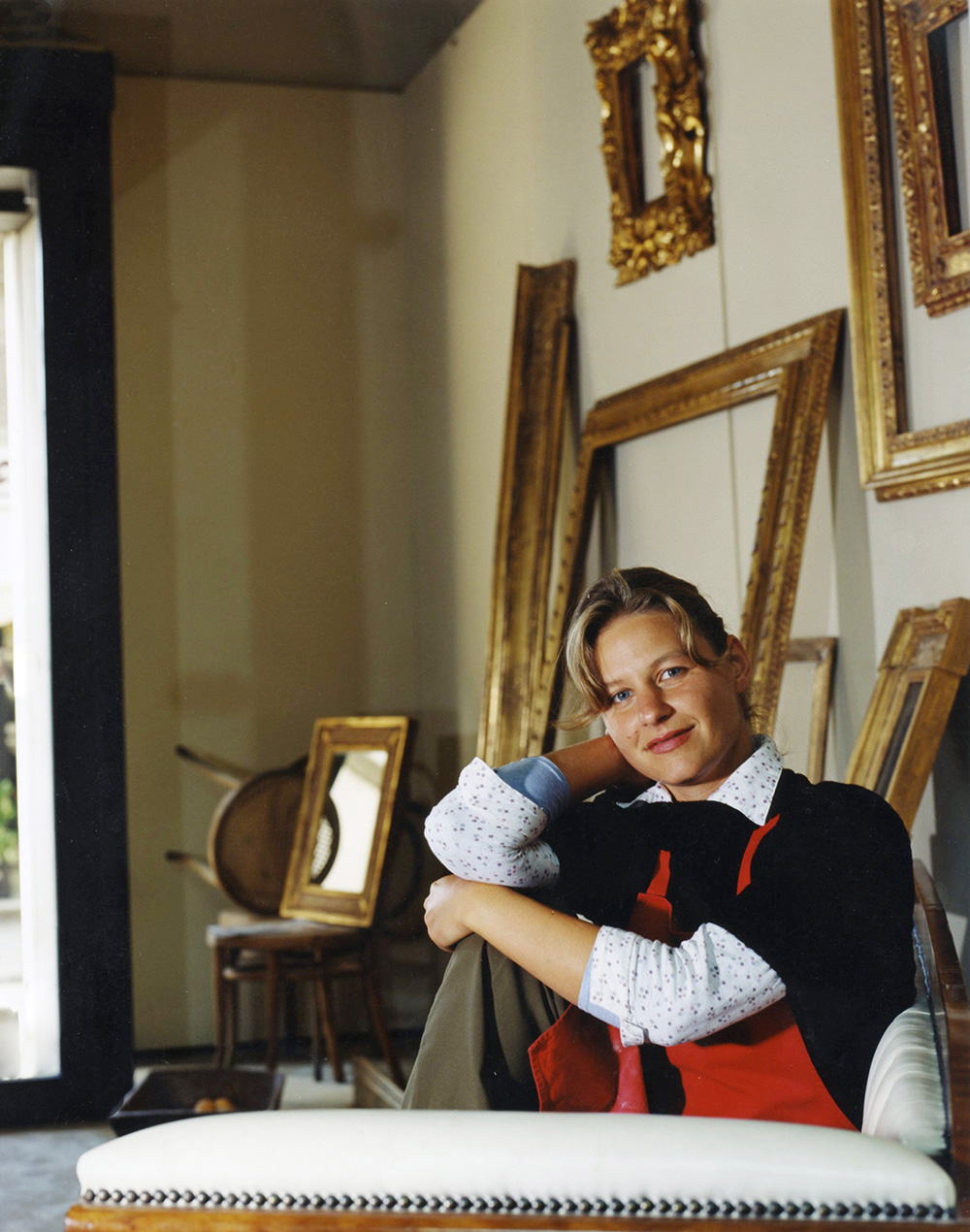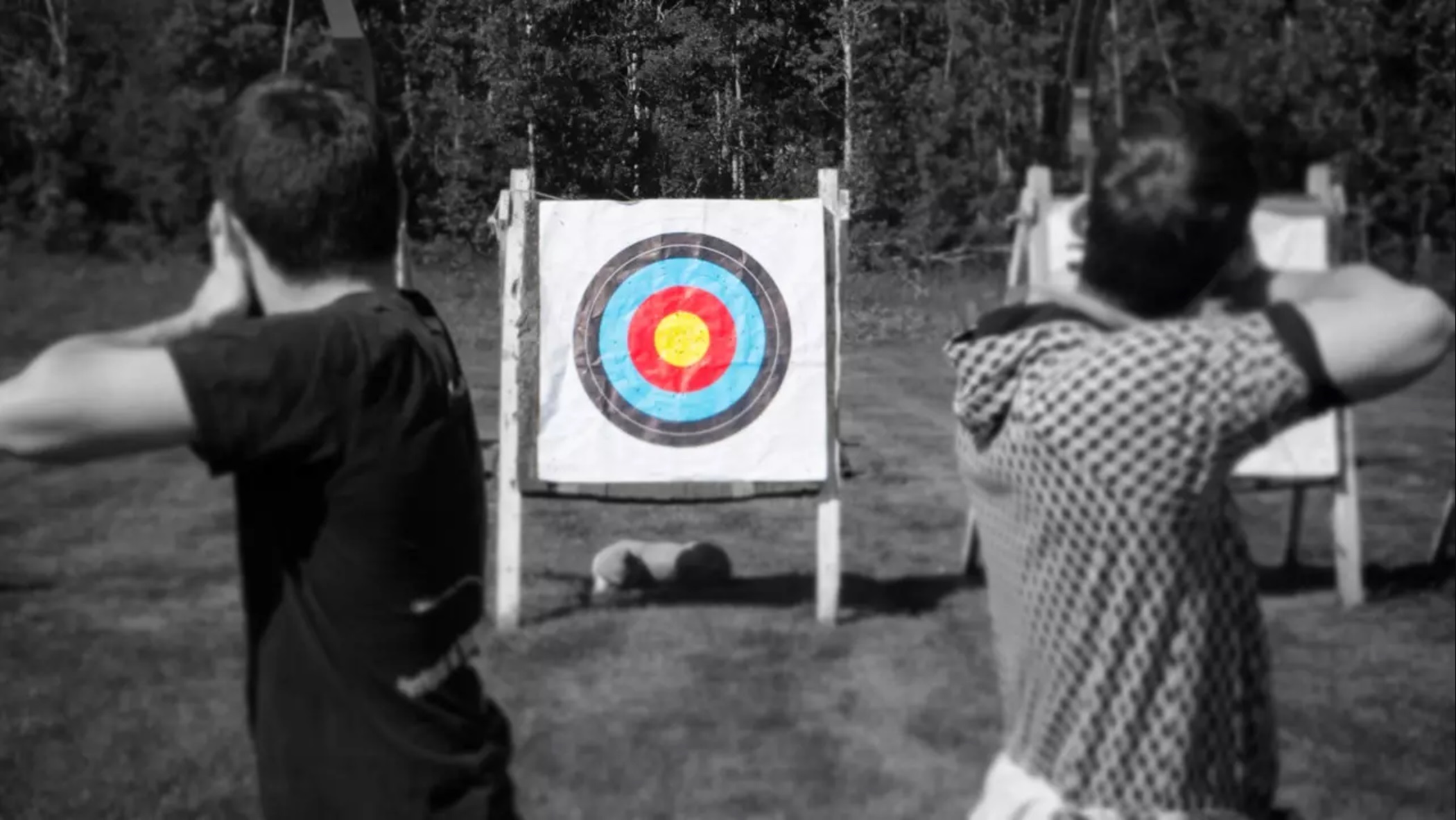What determines the difference between a house and a home? What determines the worth of a single piece of art, how does a painting posses the ability to transform a space? It doesn’t start with a brushstroke or with the canvas. It starts with the sculpture that surrounds it. The frame is the window into the world that is the artwork, drawing you in. When you wander the Von Goghs and the Monets at the MET, you see gilded gold frame after frame, each one more intricate and in itself a sculpture.
There’s been something lost with this modern age of frame making, where the custom framing experience consists of being in a basement at Boerum Frames looking over the same boring overdone options you’ve seen at every Ikea and Crate and Barrel showroom you’ve ever wandered into.
A few decades ago, Florence was full of antique dealers, workshops and restorers—an industry that has changed drastically since the collapse of the international antique market. Julia Markert is a frame specialist who has dedicated her life to the restoration and replication of Renaissance era Italian frames. She is one of the rare and few survivors of this world of authentic craftsmanship, still thriving and still creating beautiful art to showcase beautiful art. We sat down with a glass of Brunello and chatted all things antique collecting, the struggles of working in an ultra exclusive industry, and the ever changing landscape of the art world.
Jenna Bostock: Tell me a little about how you came to be one of the most sought after antique frame producers in the world. How did you end up in this business?
Julia: When I came to visit Florence I was completely caught by the curious world of antiques and the restoring business. Italy was very different than other parts of the world. It seemed going back in the past. For me, as a German, it was fascinating! It seemed an antique place, like a movie of the past. The tradition of the craftsmanship is still so unique and special and difficult to understand if people have never seen it. The whole working process is still the same (in terms of materials, products and manners) as it has been in the period of the 15th century Renaissance—it’s incredible to be able to continue this ancient tradition.
Jenna Bostock: Do you think the ‘lost art’ of handcrafting is making a comeback?
Julia: Thirty years ago Florence was full of antique dealers, workshops and restorers—unfortunately that’s not the case these days because of the collapse and crises of the whole international antique market all over the world. This is not so much a question of money but the interest of the younger generation. It is also a cultural shift. Surely, the whole world is proceeding in curves and so in some way it will come back but the whole culture question is completely unknown. I hope the next generation begins to appreciate and collect the way the generation I know has for the past few decades.
I see the younger generation is really interested in admiring this type of work, and that’s encouraging. But they are not really interested in having it and that makes the difference. The older generation was crazy and indulgent. They wanted to spend real money in this. We see what is what’s going to happen, you know.
Jenna Bostock: Where did you find inspiration in your daily work?
Julia: I am always inspired by antiques in every sector because the old tradition is my interest. Frames are part of this astonishing world of sculpture. I am lucky enough to create objects which do not seem new, which is much more difficult than it sounds. Reproducing a replica frame is very challenging. The process to transform the gilded surfaces into pieces that are as original and authentic as possible is the most difficult issue and not realized often worldwide. It is very unique and rare.
It is not easy to say what is my favorite type of piece to work on as the restoration of antiques (ranging from the 14th to 18th century) are all different. No one piece is the same as another one.
Jenna Bostock: Who is your typical client?
Julia: Museums, collectors and art dealers often request a very special and unique frame as an elaborated Tondo or a rare copy for important painters like Titian, Raffael, Pontormo. I use sophisticated techniques of restoration in order to recuperate important artefacts. We work with gold leaf applied on a particular surface giving the effect of a craquelè. Also the gold patina is of major importance; a special coverage, which is applied and then patiently removed.
This long process of various phases requires dedication, competence and a long experience of work. These specific techniques of gilding give an almost realistic, close to perfection results.
Our frames are made by creating original and traditional methods after a long and thorough workmanship—each frame takes approximately 40 hours to create. Each minimum detail corresponds to the Original in Patina and Craquelè.
Our expertise consists specialization. Very high end museums, art dealers and collectors appreciation my level of specialization and are good friends as well as good customers.
Jenna Bostock: What changes are you dealing with in the landscape of your work right now?
The new generation, they’re not interested in antiques. It’s really changing everywhere. I see that many, many art dealers are closing, the most important ones. It’s not the same anymore. And so, because everybody is closing, we are fighting to survive. It’s sad to see that the real manufacturing, where I have learned my skills, those shops are are closing. They don’t speak the language and they aren’t evolving with the online world, so it becomes very difficult when you aren’t on the same page culturally. I will miss those old studios greatly, and hope I’m able to help carry on this tradition of true craftsmanship with my tiny atelier.
Jenna Bostock: How do you manage to thrive or in an industry that seems to be diminishing?
Julia: It’s fighting every day. We need globalization now, you have to keep creating and you have to stay true to your vision and the passion that drives you. You need to speak English and the romance languages, and you have to convince the world of the worthiness of your work. You have to work in this world that is very bizarre—word of mouth is often frowned upon, because these private collectors are very private and they don’t want everyone knowing who makes their frames or even that they are replicas.
I am able to find business by being deep in this circle, but it’s near impossible to break into. It’s very exclusive, very intimate, and completely dependent on personal recommendations. I’m usually not able to share my projects on social media because many, many of my clients don’t want their projects being made public. It’s a secret, for only them to know. Very exclusive clientele in that regard.
The art dealers don’t want to make much publicity for you, because they want you exclusively working for them, copying frames, or whatever. So they are hiding it, that it is in a new frame, because they asked you to make it antique. And it seems authentic so sometimes they are selling it as an antique. It’s a little crazy.
Jenna Bostock: Do you think the frame is just as important than the actual artwork itself? What sort of your philosophy on that relationship?
Julia: For me, it’s a piece of art unto itself. It’s a sculpture. It does not really need a painting but evidently, if you are looking at it in an objective way, it’s giving the importance to the painting. You can look at the frame only as an object, and therefore there are also collectors of only frames. There’s a subsection of collectors of frames of the 14th, or 15th, or 16th or 17th century old frames.
I’m a collector myself. I’m collecting frames because they are objects that deserve collecting.





